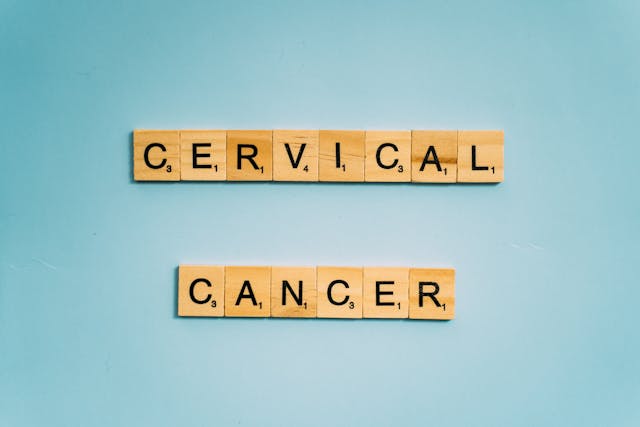Cervical spondylosis is a type of degenerative disease that affects your neck. How Spondylosis develop? The bones in your spine are called vertebrae. Each vertebra has a protective lining called cartilage. Also, there is cushioning between two vertebrae called disc. Normally, with cervical spondylosis, these disks become compressed. This leads to wearing of the cartilage. Once this protective cartilage is gone, spurs may develop on your vertebrae where they rub together. And your doctor tells you there is enlarged bone in your spine. Nerves attached to your spinal cord may have less room to pass between the vertebrae on their way out of the spine. Cervical spondylosis usually doesn't lead to disability. But sometimes these changes in the spine can cause your legs or hands to feel weak or clumsy.
Symptoms
In most cases, there is just a pain in the neck, stiffness, and the occasional headache. Neck pain may spread to the shoulders, arms and hands, and the base of the skull. Moving the head may make the pain worse. Neck stiffness is more common after a long period of inactivity, for example, after sleeping. Headaches tend to start at the back of the head and then gradually move to the upper half of the front. Sometimes, these changes result in a compression of the blood vessels. This can affect the blood supply to the brain, possibly resulting in dizziness and even blackouts. Other, less frequent, problems may include loss of bowel or bladder function and coordination difficulties. Symptoms of cervical Spondylosis tend to improve with rest. Symptoms are most severe in the morning and again at the end of the day.
What Are the Risk Factors for Cervical Spondylosis?
· It is mostly seen that poor posture plays a major role in the development of spinal changes that results in Cervical Spondylosis. · Another factor might be a previous injury to the neck. · People in certain occupations or who perform specific activities -- such as gymnasts or other athletes -- may put more stress on their necks. · Age – people above age 50
Homeopathic treatment for Cervical Spondilysis
Classical Homeopathy offers a customised treatment for you. The Homeopathic Medicine provides significant relief in pain and stiffness and also slows down the progress of disease. Other symptoms such as tingling, numbness and weakness are also improved. Range of mobility of neck improves gradually.
